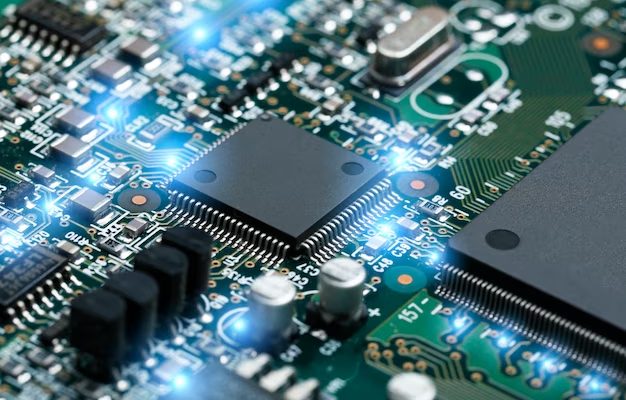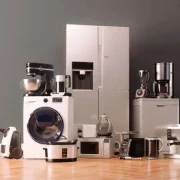The technology of today is built on electronic components. These parts are necessary for all electrical devices, from the motherboard in your computer to the circuits in your smartphone. Electronics enthusiasts, engineers, and amateurs all find the identification of electronic components to be a useful ability. This post will walk you through the process of recognizing different types of electronic components, ranging from simple passive parts to intricate integrated circuits.
Identifying components in old or discarded electronics goes beyond the realms of repair and circuit design; it contributes significantly to a more sustainable and environmentally responsible approach to electronics. Here’s why upcycling and recycling are crucial:
1. Reduction of Electronic Waste:
Electronic waste, often referred to as e-waste, is a growing global concern. As technology advances at a rapid pace, older electronic devices become obsolete and are frequently discarded. These discarded devices contribute to the mounting problem of e-waste, which contains hazardous materials like lead, mercury, and cadmium. Identifying and salvaging usable components from old electronics helps reduce the volume of e-waste. By reusing components, you not only extend their lifecycle but also mitigate the environmental impact of disposing of electronic devices improperly.
2. Resource Conservation:
The production of electronic components and devices requires the extraction of valuable and finite resources, including rare minerals and metals. By upcycling and recycling components, you contribute to resource conservation. You decrease the demand for new components and reduce the environmental consequences of mining and processing these materials. In essence, it’s a way of making efficient use of existing resources, promoting a circular economy approach. When engaging in these eco-conscious practices, establishing partnerships with reputable electronic components supplier ensures a reliable source of components for your projects and aligns with sustainability goals.
3. Cost-Effective Solutions:
Upcycling components from old electronics can be a cost-effective strategy. New electronic components can be expensive, especially for hobbyists, students, or those on a budget. Reusing components from discarded devices not only saves money but also allows for creative and innovative projects. Many functioning components in old devices, such as sensors, displays, or microcontrollers, can be integrated into new projects, reducing the need for purchasing new parts.
4. Educational Opportunities:
Identifying and upcycling electronic components from old devices can serve as an excellent educational opportunity. It allows individuals, particularly students and electronics enthusiasts, to gain hands-on experience in understanding the functions of various components, their integration into new projects, and the principles of recycling. This practical experience fosters a deeper understanding of electronics and encourages sustainable practices.
5. Environmental Responsibility:
Upcycling and recycling are fundamental to responsible electronics consumption. By reusing components instead of discarding them, you contribute to a reduction in energy consumption and greenhouse gas emissions associated with the manufacturing of new components. This practice aligns with global efforts to combat climate change and promote sustainable living.
6. Innovation and Creativity:
Reusing electronic components encourages innovation and creativity. When you salvage components from old devices, you may encounter unique and unconventional parts that can inspire inventive projects. This creativity not only leads to novel applications but also fosters a culture of innovation within the electronics community.
7. Addressing the E-Waste Crisis:
The electronic waste crisis is a pressing concern in the 21st century. The rapid pace of technological advancement leads to the frequent obsolescence of electronic devices. As consumers upgrade to the latest models, older devices often find their way to landfills or are improperly disposed of, contributing to the growing e-waste problem. Identifying and salvaging components from discarded electronics offers a partial solution to this crisis.
By reusing functional components, you not only extend the lifespan of these devices but also reduce the environmental burden of e-waste disposal. This practice aligns with global initiatives to combat e-waste and its detrimental environmental consequences.
Summary
In the final analysis, recycling and identifying electronic components from outdated or abandoned devices is a sustainable and green approach. It lessens the amount of electronic waste produced, preserves important resources, presents affordable options, offers chances for education, encourages environmental responsibility, and stimulates creativity. Communities and people can help create an electronic ecosystem that is more environmentally friendly and sustainable by adopting these ideas.




















